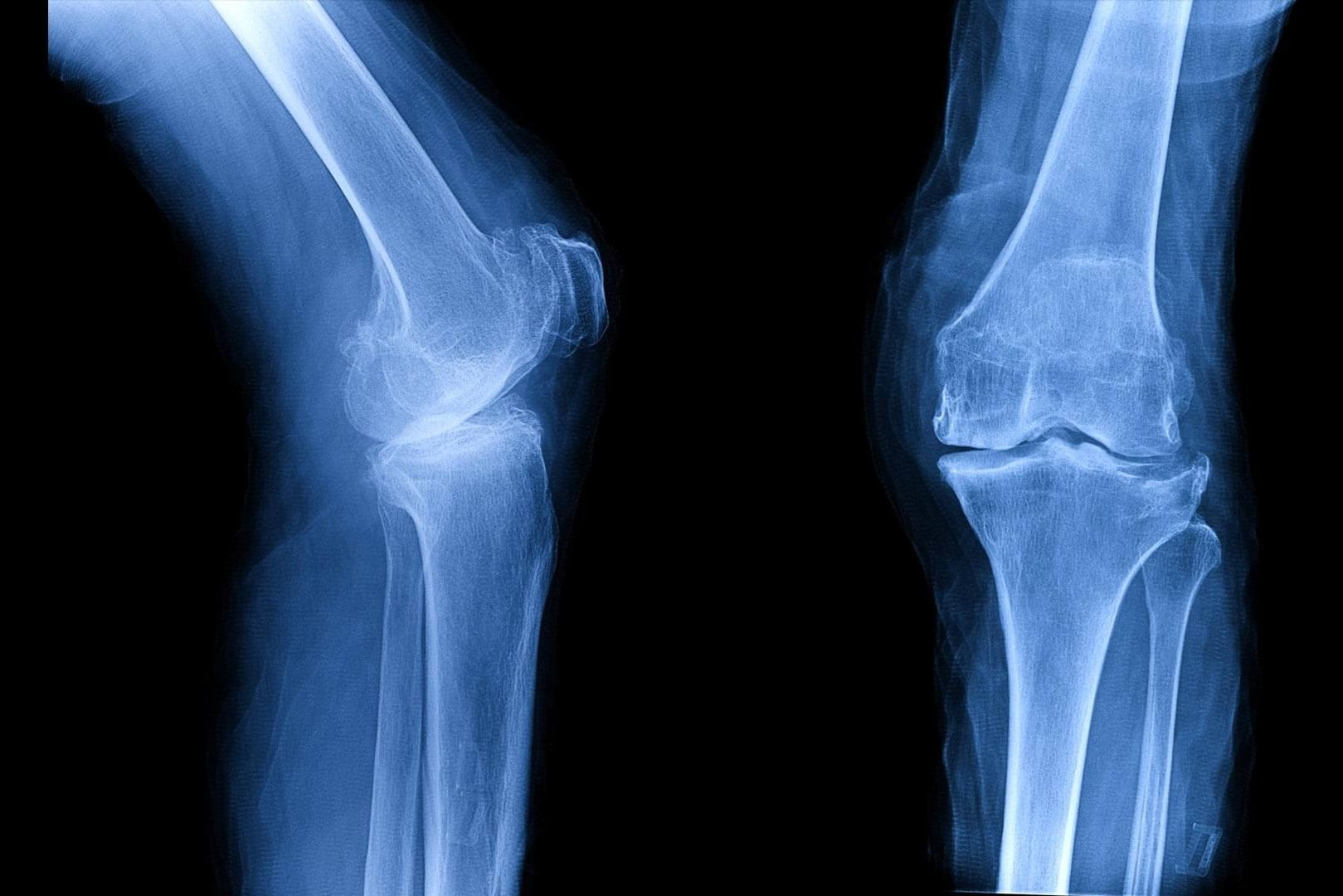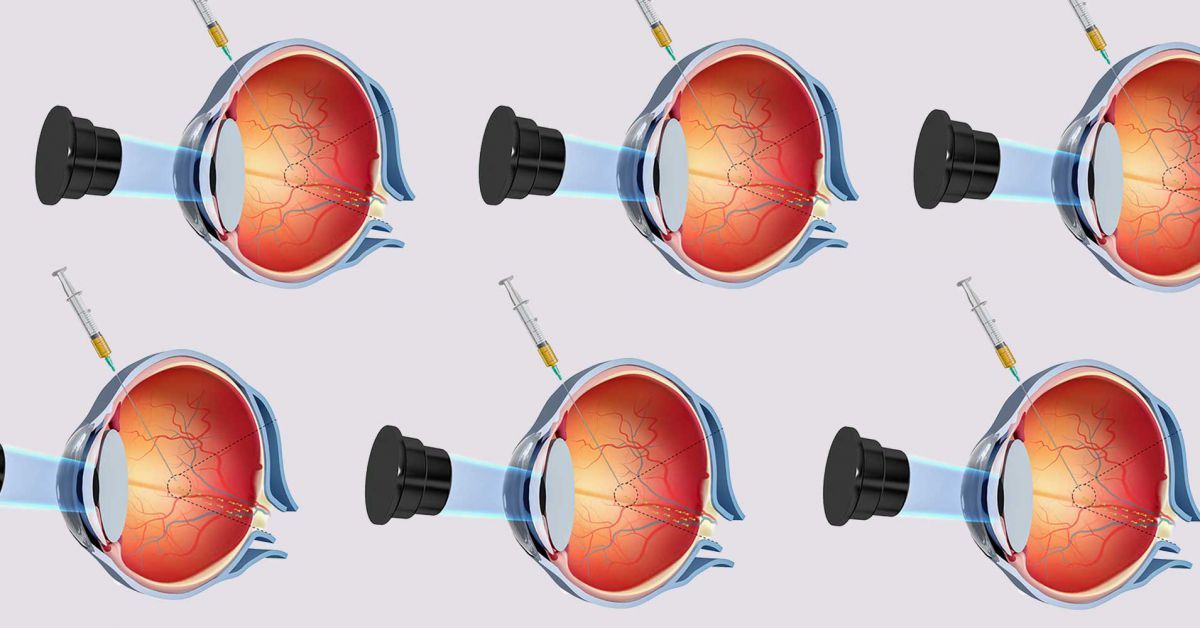You read that correctly. Brain-controlled TVs.
The technology is aimed for people with physical disabilities and should go into testing in Swiss hospitals early next year.
- by
-
Shara Tibken


The pace of work has been accelerating, thanks in part to recent advances in microfluidic technologies, which allow scientists to coordinate the movements of minuscule cellular components. Research groups have already determined ways of sculpting cell-like blobs into desired shapes; of creating rudimentary versions of cellular metabolism; and of transplanting hand-crafted genomes into living cells. But bringing all these elements together remains a challenge.
Built from the bottom up, synthetic cells and other creations are starting to come together and could soon test the boundaries of life.

The human body has always been an incredible machine, from the grand feats of strength and athleticism it can accomplish down to the fine details of each vein, nerve, and cell. But the way we think about the body has changed over time, as has our level of understanding of it.
In Nina Tandon’s view, there have been two different phases of knowledge here. “For so much of human history, medicine was about letting the body come to rest, because there was an assumed proportionality attributed to the body,” she said.
Then, around the turn of the last century, we started developing interchangeable parts (whether from donors, or made of plastic or metal), and thinking of our bodies a bit more like machines. “We’re each made out of 206 bones held together by 360 joints,” Tandon said. “But many of us are more than that. By the time we go through this lifetime, 70 percent of us will be living with parts of our body that we weren’t born with.”

Credit: Hashem Al-Ghaili.

The International Society on Aging and Disease (ISOAD) recently held its third international conference in Nice, France, bringing together researchers – and longevity activists – from around the world. Journalist and supporter of anti-aging research Oliver Rowland attended the event and has made this great report packed with information gathered from interviews and talks at the event.
Professor Eric Gilson
After working in Lyon, Prof. Gilson founded the Ircan Institute for Research on Cancer and Aging in Nice in 2012. “It was perhaps the first institute that specifically aimed to couple the themes of aging and cancer in the same laboratory, even if the links between them had been known to some extent,” he said. “That was its originality.”

This year, more candidates with degrees in science, medicine and engineering ran for Congress than ever before. Of the nearly two-dozen new candidates in this crop, at least seven won seats in the House of Representatives.
This year, scientists, doctors and engineers ran for office like never before. Here’s how they did.

We as human have to live with a lot of unfortunate realities, including the fact that a lot of the things we love end up being bad for us. We all know by now that if we binge on tasty treats too much we’ll end up eating ourselves into an early grave, but in recent years it’s become increasingly clear that coffee, a well known vice of millions and millions of people, is actually pretty good for you.
Recent studies have shown that being a regular coffee drinker can reduce your risk of all kinds of ailments, including heart attack and stroke. Now, a new research effort reveals that dark roast coffee is particularly good at warding off some nasty brain conditions, including Alzheimer’s and Parkinson’s disease.

